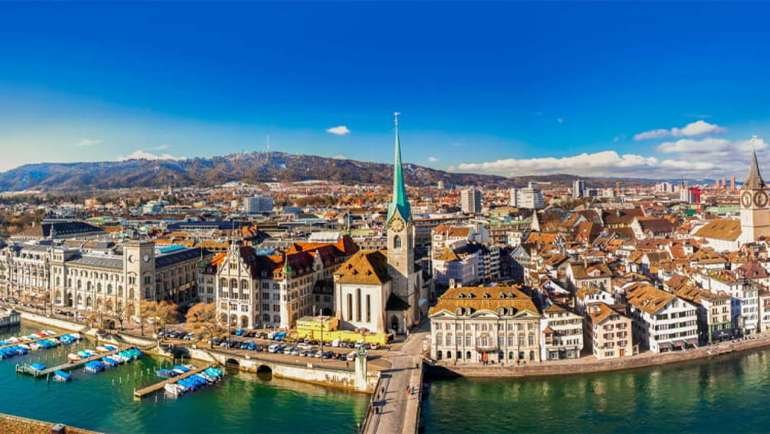

Whether you’re looking for a beautiful mountainous country, or you’re more interested in the Swiss watch industry, Switzerland has something for everyone. From a beautiful lake to world-renowned chocolate, there are endless things to do in Switzerland.
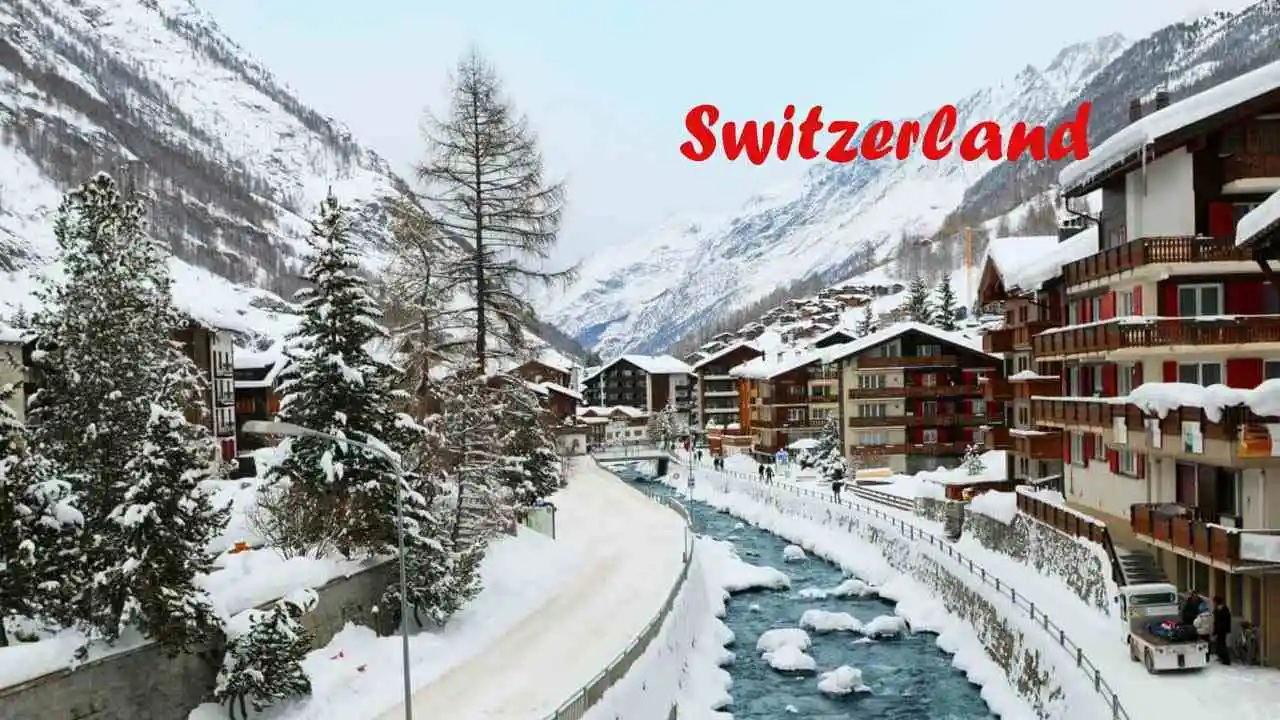
Read on to learn about some of the best things to do in this mountainous country. Also, get a glimpse of how the Swiss watchmaking industry operates. It is the oldest in the world and has more than 300 years of tradition.
The Switzerland watchmaking industry is organized under the Federation of Swiss Watch Industry, located in Bienne, Switzerland. The Federation is a professional, private association. It represents the interests of both manufacturers and retailers of Swiss watches. The federation also works to help the Swiss watch industry grow. Its members include Swiss watch companies, watchmakers, and professional associations. Its members work to promote the Swiss watch industry, and also strive to improve the quality of Swiss watches.
The watchmaking industry in Switzerland is currently dominated by three big groups. These groups are Swatch, Richemont, and Richard Mille. Many of the brands have been acquired by these groups to gain market share or control of the entire production process. The Swatch Group, for example, has acquired more than one Swiss watchmaking company in order to control the production of watches and components. Moreover, the Swatch Group is one of the most active buyers in the watch industry.
The process of making a Swiss watch began in the seventeenth century with the creation of smaller mechanical movements, but it was not until the eighteenth century that innovations took place. With a strong emphasis on artisanal perfection, Swiss watchmakers began incorporating new features into their watches, including date complications and self-winding mechanisms. Today, Swiss watches are made of 316L surgical steel, an exceptionally resistant alloy that is hypoallergenic and highly corrosion-resistant.

The “Swiss Made” logo is often visible on a watch’s face and is almost always in large, clear capital letters. Generally, it is curved along the bottom of the watch face and is sometimes split into two halves, indicating the hour and half-hour. The Swiss-made logo is one of the easiest methods to spot a fake, but many counterfeits are so similar to genuine Swiss watches that they cannot be detected without a trained eye.
The company’s name is a play on the word “coin” – the currency used to measure Swiss coins. The Swiss coin was a symbol of the currency of Switzerland. Today, the Swiss national currency is the Swiss franc. Today, the Swiss currency is the most popular international currency. Many countries and currencies have their own currencies. You can buy Swiss watches without having to pay the high currency exchange rate. If you don’t want to waste your money on a counterfeit watch, you can consider a replica.
Emmental cheese, or Swiss cheese, is one of the world’s most famous and well-known types of cheese. It is a yellow medium-hard cheese that originated in Emmental, Switzerland. It is classified as an Alpine and Swiss-type cheese. Emmental cheese has a creamy and nutty taste. In addition, it is a popular cheese for making fondue. You can learn more about the history of this cheese and the many varieties available at your local grocery store.
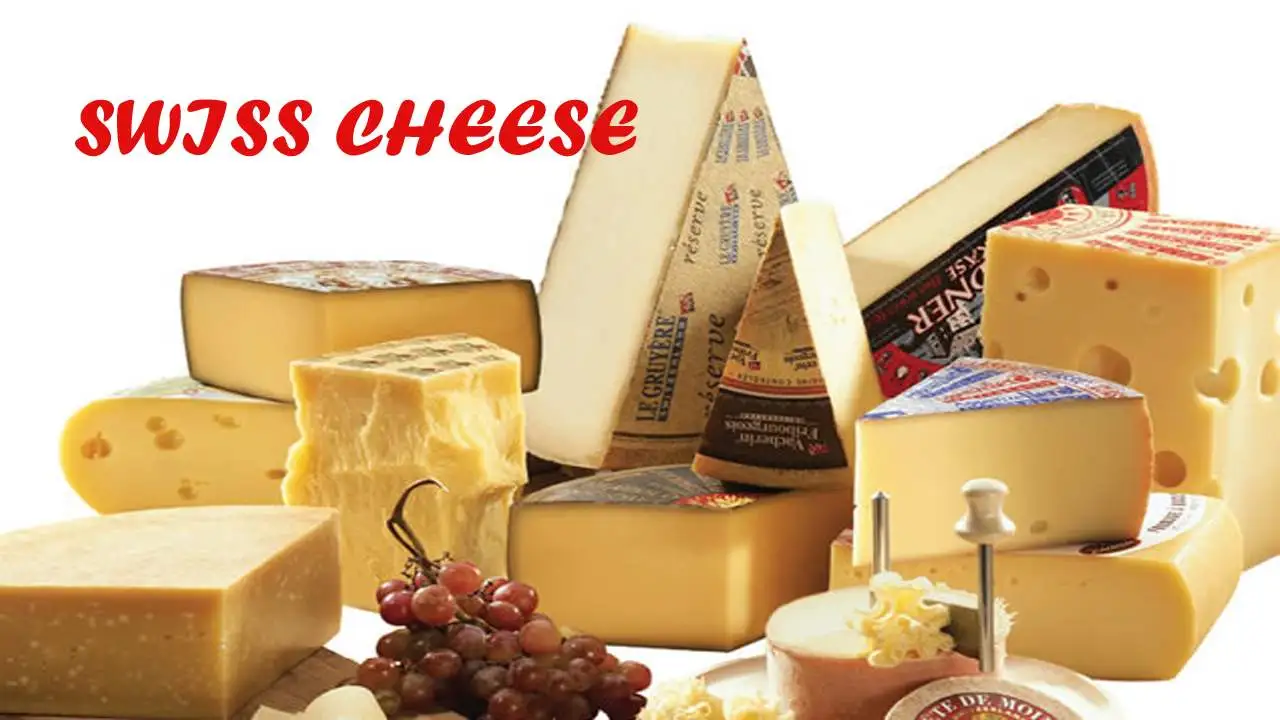
Appenzeller: The name “Appenzeller” refers to a Swiss raw milk cheese that is popular in many regions of the world. The Swiss like to use Appenzeller in fondue and the Germans enjoy it in Kasespatzle, a pasta dish with melted cheese. Scharfe Maxx: Made from cow’s milk in the canton of Thurgau, this hard cheese matures for about six to nine months. It has a mild, milky flavor and is deliciously served with grilled meats and roasted vegetables.
The most popular Swiss cheese, Emmentaler is a medium-hard variety with a crumbly, creamy texture. It contains more calcium than other varieties and is, therefore, firmer and has a longer texture. It also has increased water and fat content, making it crumblier. During the maturation process, the cheese slowly loses its elastic properties. This increases the risk of opening defects. If you are prone to developing certain health conditions, you should avoid eating Swiss cheese.
Those looking for a luxurious and decadent chocolate treat should definitely try Swiss chocolate. This velvety texture and rich taste will make you crave more! Swiss chocolate has made its way to almost every country in the world, and there are many Swiss brands available in the market today. If you’re visiting Switzerland, try one of these Swiss chocolate brands for the ultimate indulgence! These chocolates have many different flavors and types, including cream, ganache, and milk.
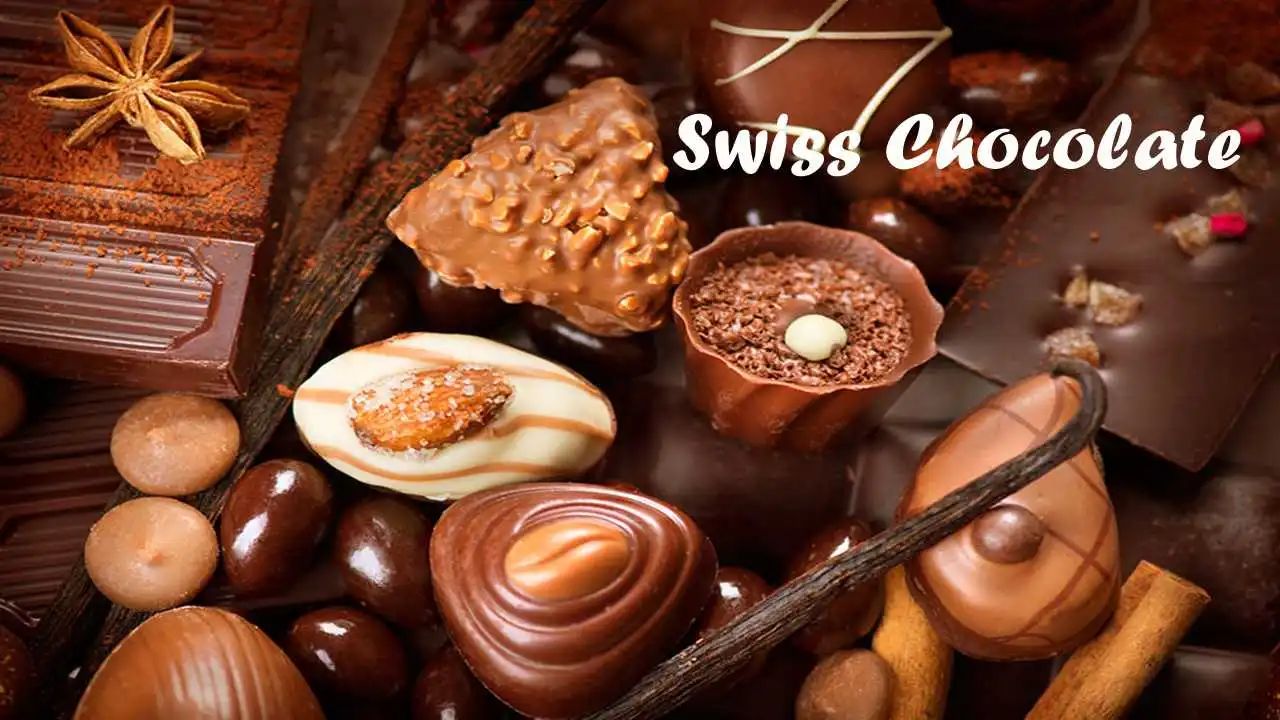
Nestle is a multinational food company based in Vevey, Switzerland that provides its products to customers in more than 80 countries. Their famous Swiss chocolate is a favorite among chocolate lovers around the world. Nestle produces a huge variety of items including baby food, pet food, medical foods, cereal, snacks, and coffee. However, it’s their chocolate that sets them apart. During the 1800s, Vevey was home to seven chocolate factories, and Cailler had a small shop there. In 1820, he purchased a factory and started mass-producing his confections.
As the most important ingredient in chocolate, cacao is flown to Switzerland to be processed. Between 2014 and 2018, Swiss chocolate imports from Ghana accounted for the majority of those beans. Ghana is the second largest cacao grower in the world, and its beans are prized for their earthy flavor and smooth finish. Among Swiss chocolate makers, the Swiss are renowned for their chocolate-making skills. And it shows. The secret to good chocolate is the Swiss way!

Swiss companies are choosing to locate their manufacturing operations in the country because of its strong and highly-trained workforce. The dual educational system and pragmatic regulatory environment guarantee that employees have the necessary technical expertise to operate complex machinery. In addition, the Swiss tax policy is attractive, which attracts international companies. In particular, the high-tech manufacturing cluster in Switzerland includes medical technologies, robotics, additive manufacturing, and 3D printing processes. This region has an advantage over other European and Asian countries in the high-tech manufacturing space.
The high-tech industry employs 687,000 people in more than 41,000 companies. The country also enjoys high-tech manufacturing and innovation capabilities above the average. The machinery, electronics, and metal industry in Switzerland export 80 percent of its products, with over 60% going to the European Union. This sector is responsible for 22.4% of the country’s GDP. However, it is not the only sector responsible for creating jobs in the country.
The country’s innovative industries also include those in the areas of natural resources and energy. In addition to this, it is also an important source of patents and design applications in Europe. Swiss officials are keen to lead the development of new technologies. They are advancing the fields of aerospace, space, electric mobility, and autonomous driving. They are also working on accelerator technologies and nanotechnology. This is ensuring the country’s global competitiveness in certain fields.
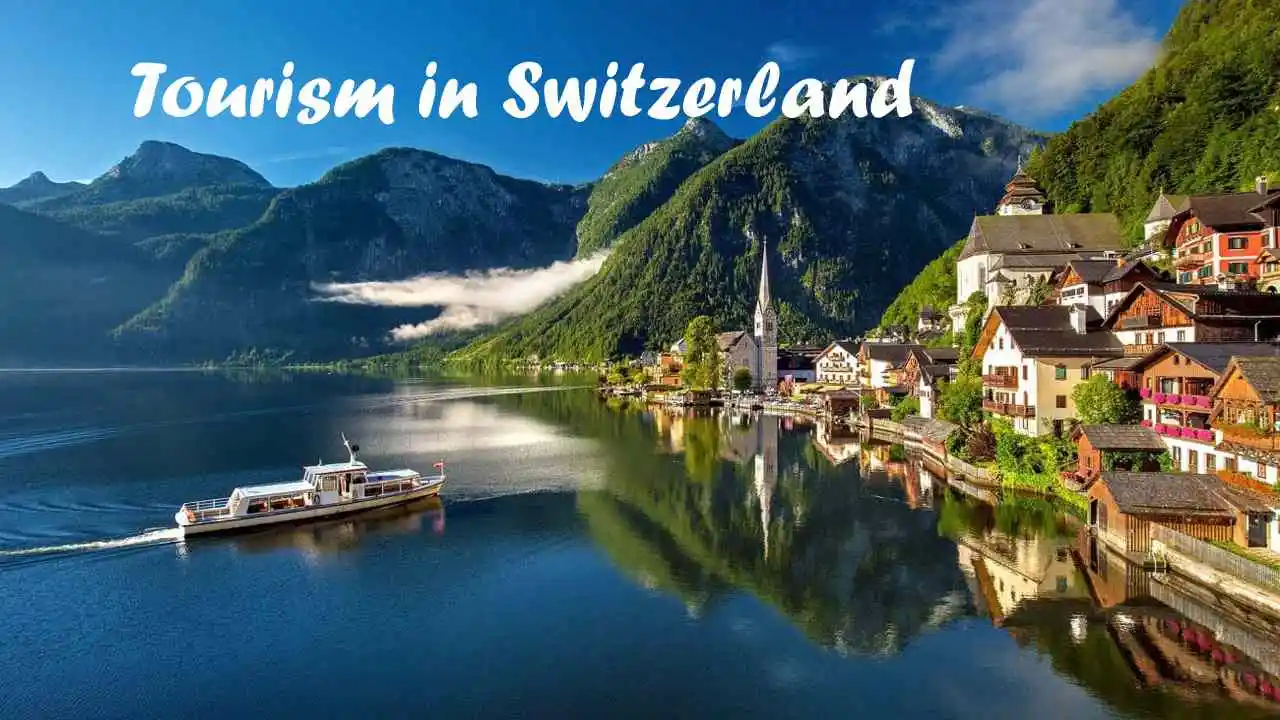
The mountainous country of Switzerland is home to numerous lakes, villages, and high peaks of the Alps. Visitors can visit castles and historic cities in the country, and enjoy hiking and skiing trails. Banking is one of the largest industries in Switzerland, and Swiss watches are world-renowned. If you’re looking for an unforgettable vacation, consider a trip to this beautiful country. There’s something for everyone! Take a look at some of these tips for planning your trip to Switzerland.
First, the country’s famous writers influenced tourism in Switzerland. The British, for example, wrote poetry about the Classical Mediterranean and the lakes of Switzerland. Other authors, including Mary Shelley, invented the monster Frankenstein and sparked interest in Switzerland. In addition, Arthur Conan Doyle wrote a story about Sherlock Holmes at the Reichenbach Waterfalls, which has been cited as a major reason for Swiss tourism.
The numbers of tourists registered in Switzerland vary widely. Generally, anyone spending a night in Switzerland is considered a tourist. People who come to visit for business or other reasons are excluded from the survey. In addition, crews from flights and ships are not counted as tourists. In some countries, the same person can travel in and out several times a year. In Switzerland, the numbers of Chinese tourists are low, largely because of government restrictions.
The official name for Switzerland is the Swiss Confederation. This landlocked country is located in central Europe, bordered by France, Germany, Austria, and Liechtenstein. The country is very mountainous, with the country’s capital, Bern, located at 46deg N, 7deg E. The population of Switzerland is about 4.7 million people, and its biggest cities are Zurich, Basel, and Geneva. This article will give you a brief overview of the country’s geography.
The nation has a multicultural population, with French and German spoken by over 74% of the population, Italian spoken by 7%, and Romansh spoken by a small minority. There are four official languages, including German, French, and Italian, but other languages are also spoken. In the federal parliament, all four official languages are spoken, and simultaneous translation is provided for all proceedings. The country has a small Muslim and Jewish community, but they do not have a large population.

The country has three distinct landscapes: the Alps in the south and the Jura mountains in the central region. The Alps cover over 60% of the country, and the Swiss Plateau stretches east-west, where the majority of the population lives. In the north, the country is characterized by mountainous terrain, with some valleys and orchards. The Jura mountains, on the other hand, are characterized by low rainfall, but a high elevation.